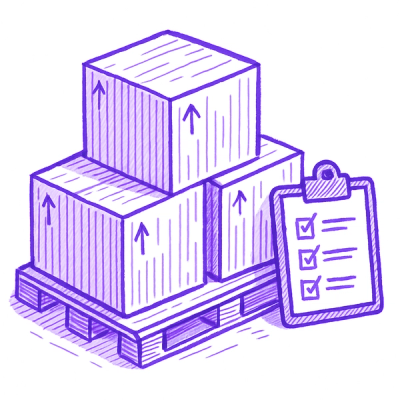
Security News
Open Source Maintainers Feeling the Weight of the EU’s Cyber Resilience Act
The EU Cyber Resilience Act is prompting compliance requests that open source maintainers may not be obligated or equipped to handle.
Reads the variables from .env files and adds them to environment, also automatically guesses and parses to correct types in Python.
Reads the variables from .env files in similar way that is used in
React.js
and adds them to environment variables, automatically guessing and parsing to correct types in
Python. It is great for managing app settings during development, tests and in production
without writing additional configuration, and to hold settings separated by
environment type clearly in a one place.
Call load_env on the application start, and it will load environment variables from a
certain set of .env files in the selected directory and return and EnvFile object.
After that, you can get values by using get method of EnvFile object, or by reading it
directly from the environment variables (by using os.environ).
Example .env file looks like this:
SECRET_KEY=test-secret-key.123
EXTERNAL_API_URL=api.example.com
EXTERNAL_API_KEY=this-is-external-api-key
DEBUG=true
ALLOWED_HOSTS=127.0.0.1:8000,0.0.0.0:8000,localhost:8000
Install the latest version with:
pip install -U python-env-loader
Assuming you have created the .env and .env.local files inside your project root directory:
.
├── .env
└── .env.local
And they have the following content:
# .env
DEBUG=false # maps to False in python
ALLOWED_HOSTS=, # maps to empty list []
# .env.local
DEBUG=true # maps to True in python
ALLOWED_HOSTS=127.0.0.1:8000,0.0.0.0:8000,localhost:8000 # maps to list [127.0.0.1:8000, 0.0.0.0:8000, localhost:8000]
Add the following code to your settings module - for example settings.py in Django:
# settings.py
from env_loader import load_env
env = load_env() # if env files are in your root directory of the project
or:
# settings.py
from env_loader import load_env
env = load_env("/app") # if your env file is stored in /app directory
Parsed key/value pairs from the .env and .env.local files are now accessible in env object:
# settings.py
env.get("DEBUG") # returns True, because .env.local file has higher priority
env.get("IS_TEST_ENV", False) # returns False, because this key is not present in any env file
or you can use them as system environment variable and they can be conveniently accessed
via os.getenv(), but then every value is received as a string:
# settings.py
import os
DEBUG = os.getenv("DEBUG") # returns "true" AS A STRING
python-env-loader automatically guesses the Python type of the environment variable. If a variable consists
only of digits, it assumes that it's an integer. If a value consists only of a digits and has a one dot, then
it's treated as a float.
More custom parsing:
| Python value | .env value |
|---|---|
| True | true, True, y, yes |
| False | false, False, n, no |
| None | null, None |
Empty string is mapped to None.
You can disable automatic parsing by passing auto_parse=False to load_env function:
from env_loader import load_env, EnvTypes
env = load_env(auto_parse=False)
When you're loading your env settings, you can switch between 4 of a different setups of them:
default, development, production and test. By default, default is used, but you can
select different setup by passing a value to env_type argument of load_env function:
from env_loader import load_env, EnvTypes
env = load_env(env_type=EnvTypes.DEVELOPMENT_ENV)
For each setup, files on the left have more priority than files on the right:
.env.local, .env.env.development.local, .env.development, .env.local, .env.env.production.local, .env.production, .env.local, .env.env.test.local, .env.test, .env (note .env.local is missing)FAQs
Reads the variables from .env files and adds them to environment, also automatically guesses and parses to correct types in Python.
We found that python-env-loader demonstrated a healthy version release cadence and project activity because the last version was released less than a year ago. It has 1 open source maintainer collaborating on the project.
Did you know?

Socket for GitHub automatically highlights issues in each pull request and monitors the health of all your open source dependencies. Discover the contents of your packages and block harmful activity before you install or update your dependencies.

Security News
The EU Cyber Resilience Act is prompting compliance requests that open source maintainers may not be obligated or equipped to handle.

Security News
Crates.io adds Trusted Publishing support, enabling secure GitHub Actions-based crate releases without long-lived API tokens.

Research
/Security News
Undocumented protestware found in 28 npm packages disrupts UI for Russian-language users visiting Russian and Belarusian domains.